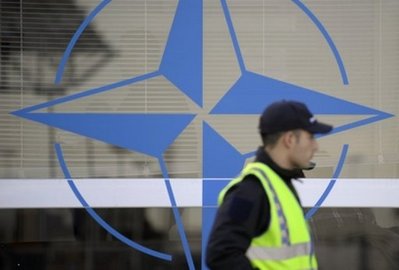
From Pascal Mallet, AFP: In 1989, before the Internet revolution, Suleyman Anil was the lone man in charge of the security of NATO’s IT system, armed with a single computer.
Two decades later, with the threat of cyber attacks on the rise, Anil oversees two teams tasked with protecting the networks of the alliance’s political headquarters in Brussels and operations command in Mons, Belgium.
The threat is constant, with as many as 100 attempted cyber attacks on NATO every day, but it could take just "one in a day to be dangerous," said Anil, a Turkish IT expert who heads NATO’s Cyber Defence and Countermeasures Branch.
NATO leaders meeting at a summit in Lisbon on Friday and Saturday will enshrine cyber security as one of the 28-nation alliance’s priorities when they endorse a "strategic concept" to guide its strategy for the next decade. …
Cyber warfare is one of five sections within a new NATO division against emerging security threats that was created in August. …
Following the attack on the Baltic NATO member, the alliance established a research and development centre in Tallin called the Cooperative Cyber Defence Centre of Excellence.
It also decided to establish a rapid reaction team that would be deployed to help any NATO member following a cyber attack. …
The transatlantic military organisation will have to wait until 2013 to have 100 percent protection coverage for all its structure following a programme that was launched five years ago. …
Since last year, NATO has signed a memorandum of understanding with seven alliance members on data sharing and procedures to follow in case of a cyber attack. Four other nations will follow suit.
Image: afp%2011%2018%2010%20guard%20at%20NATO%20summit.jpg
